In this fourth part of the US Army Meal Ready to Eat, or MRE, series we very briefly look at the the Humanitarian Daily Ration, or HDR, writes Bob Morrison.
Technically the US Forces Humanitarian Daily Ration (HDR) is not strictly an MRE but it is very closely related. For several years, in addition to being distributed in bulk as Humanitarian Assistance, it was often also provided to Iraqi or Afghan personnel working alongside US troops issued MREs. The HDR provides no less than 2200 calories per day, with a minimum of two entrée (i.e. main meal) courses per bag, and was usually distributed on a one bag per day basis.
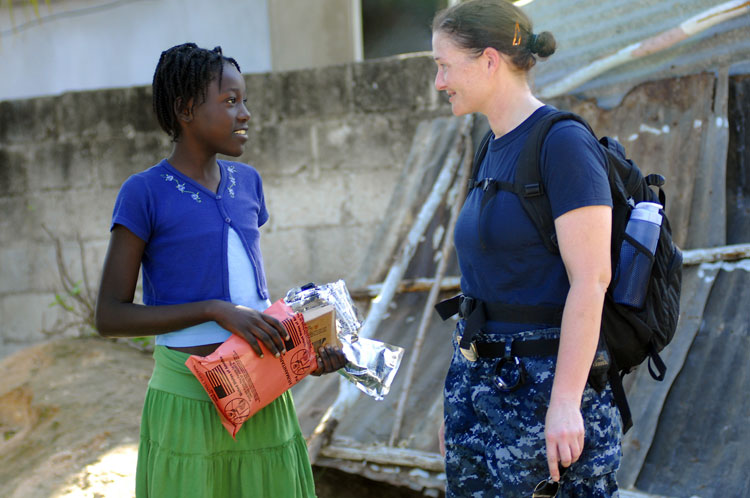
A US Navy Petty Officer with the Bataan Amphibious Relief Mission talks with a Haitian girl about her Humanitarian Aid Ration, February 2010 [US Navy: Specialist 1st Class Monique Hilley]
According to the US Defense Logistic Agency in 2011: “The original requirement for the HDR was based on a need identified by the [US] Defense Security Cooperation Agency-Humanitarian Assistance/Demining Activities (DSCA-HA/D), for a means of feeding large populations of displaced persons or refugees under emergency conditions. The HDR is similar in concept to the Meal, Ready-to-Eat as it is composed of ready-to-eat thermostabilised entrées and complementary components and is packaged in materials structurally similar to the MRE.”
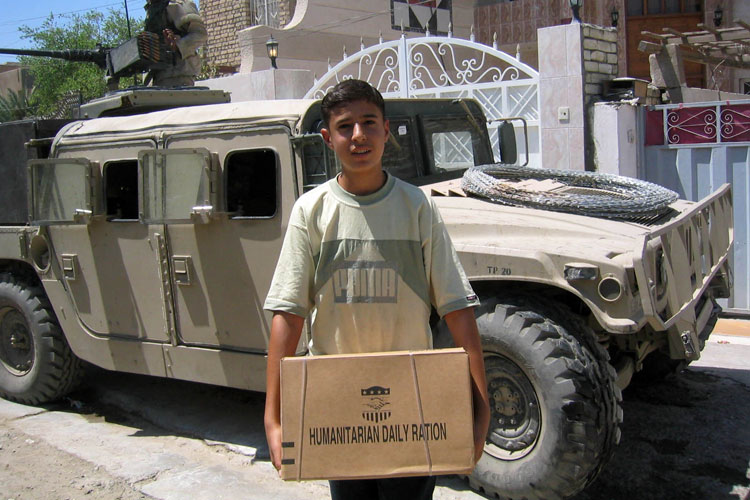
After several days of fighting in eastern Baghdad in August 2004 soldiers from 8th Cavalry Regiment of the 1st Cavalry Division handed out humanitarian aid rations to the people of Sadr City [US Army photo]
Just like the MRE the HDR in addition to the entrées included snacks, usually consisting of both biscuits and crackers, a fruit bar, peanut butter and jam, plus an accessory pack. The latter was not as comprehensive as that found in the MRE with contents limited to red pepper, black pepper, salt, sugar, spoon, matches, moist (non-alcohol) towelette and napkin. There were no sports drinks or drinks powders included.
According to the US DLA May 24th 2017 (MRE XXXVII) Individual Rations Update for suppliers, at that time there was no current procurement requirement for the Humanitarian Daily Ration.


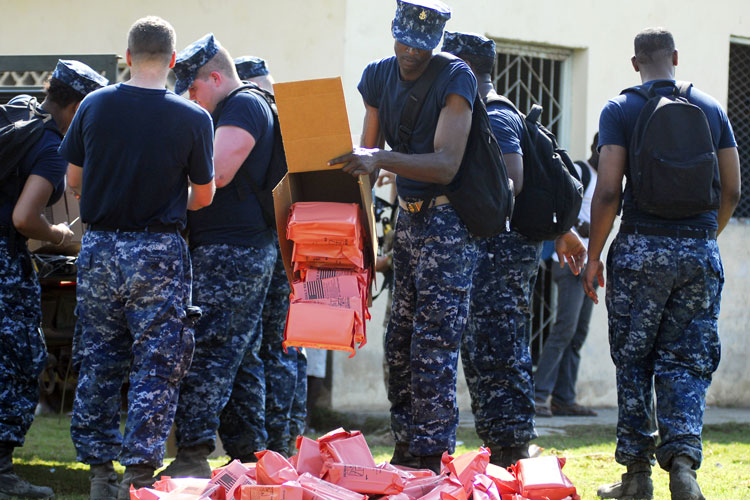

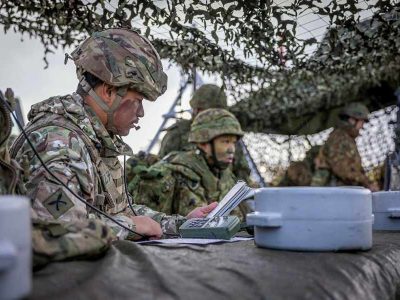
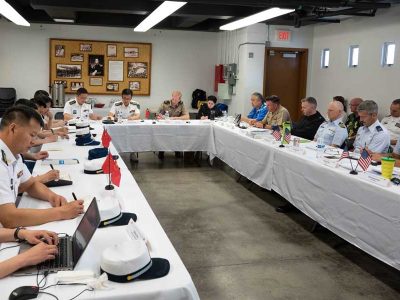
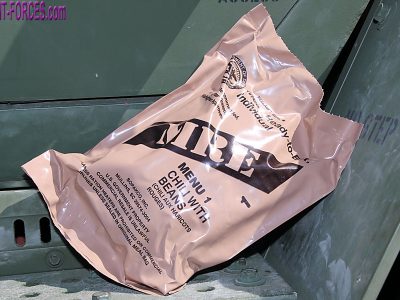
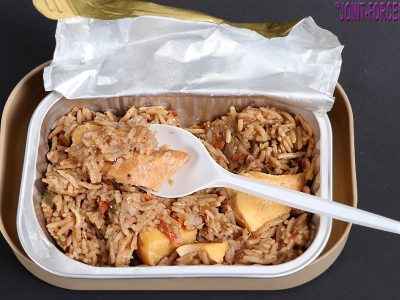














Pingback : Field Rations 25 ~ US MRE Part 5 ~ FP-LRP - Joint Forces News
Pingback : MRE ~ New Humanitarian Daily Ration Contract | Joint Forces News